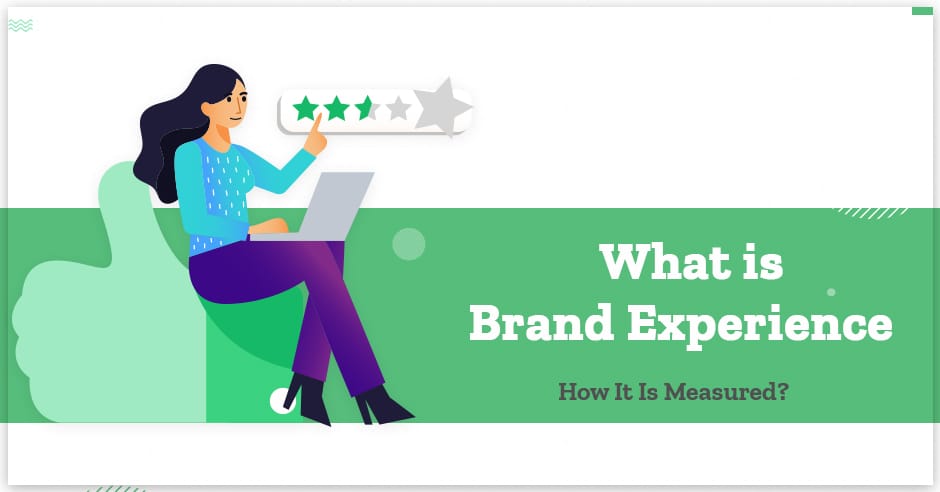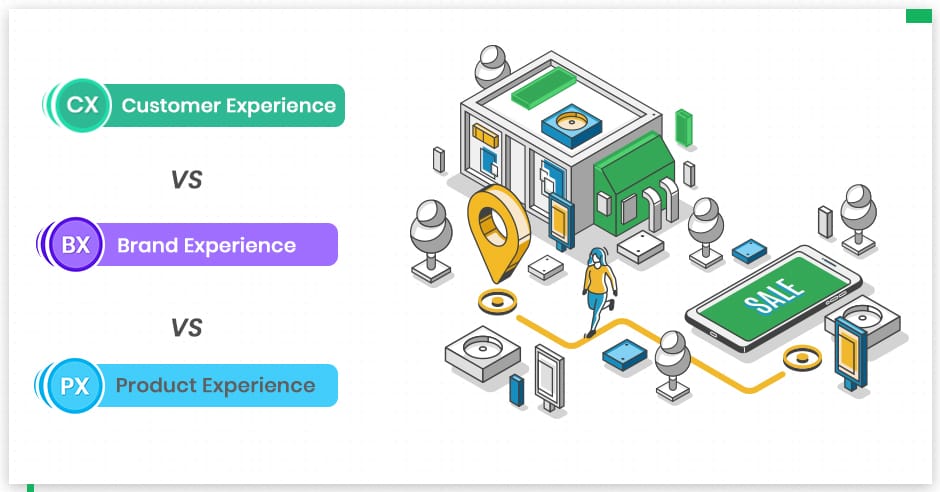Brand experience has risen to the forefront of the market research landscape, but it is confused with several brands constructs to which the concept is related. Brand attachment, brand attitudes, brand personality, & brand engagement are all terms that marketers and advertisers usually are bandy about, giving them a familiar ring. Customer satisfaction is a subjective brand experience that is also in the current market research vernacular. Then how is customer brand experience unique and how it can be measured?
Discover the power of exceptional Brand Experience with piHappiness! 🚀
✨ Measure and enhance your customer journey today! 💡📈Concept Of Experience in Consumer and Marketing Research
The marketing research has shown that experiences occur when consumers search for products, and when they consume them we discuss each in turn.
- Product Experience: When consumers search for products and examine and evaluate them. Product experience can be direct when physical contact with the product or indirect when a product is presented virtually or in an advertisement.
- Shopping and Service Experience: When a consumer interacts with the store’s physical environment, and its policies and practices. Although research in this area investigates how atmospheric variables affect the experience
- Consumption Experience: When consumers consume and use products. These types of experiences are multidimensional and include hedonic dimensions, such as feelings, fantasies, and fun.
Differences Between Brand Experience and Other Brand Constructs
Brand experience is related to conceptually distinct from other brand constructs. It conjointly differs from critical, affective, and associative constructs, like whole attitudes, whole involvement, whole attachment, client delight, and whole temperament. It conjointly differs from psychological features and emotive ideas, like involvement, whole attachment, and client delight, Involvement relies on wants, values, ANd interests that inspire a client toward an object.
- Conceptualizing Brand Experience
Experiences up to now have centered on utilitarian product attributes and class experiences, not on experiences provided by brands. once customers seek for, shop for, and consume brands area unit exposed to utilitarian product attributes. These brands area unit associated with stimuli seem like a part of a brand’s style and identity packaging, and promoting communications and in environments within which the whole is marketed or oversubscribed.
- Use AI to Boost Brand Experience
Customers interact with the brand in many ways. Some customers get connected to your website, others only see you on an e-commerce store. As by the time technology changes modify brand interaction and give marketers various tools to engage within the market. Artificial intelligence (AI) is now an innovative way of customized brand experiences. AI gives recommendations for branding efforts. AI systems predict which colors customers find more attractive. Similarly, craft your brand using predictions from an AI system. Also, it can be utilized in email marketing or product packaging.
Tactics To Build Positive BX
- Brand Experience Tactic #1 – Fluid Content: Let’s face it – The days of creating a visually appealing website and calling it good are over.
- Brand Experience Tactic #2 – Dynamic Media: Frequent, high-quality video content and media campaigns are the keys to connecting customers to your business.
- Brand Experience Tactic #3 – Engagement: You have the power to create a trusted connection with your most passionate customers.
- Brand Experience Tactic #4 – Contests: Consumer competition is a win-win for a brand and its audience alike.
- Brand Experience Tactic #5 – Swag: Giving out free samples of your products is a fantastic way to increase your exposure and build brand awareness in your target market.
- Brand Experience Tactic #6 – Gaming: Gamification is an effective way to increase the amount of time your customers engage with your brand.
- Brand Experience Tactic #7 – Events: There isn’t a better way for potential clients and centers of influence to size you up than face-to-face connections.
Conclusion
The study also offers recommendations for future research and for luxury brand companies and marketing practitioners that may be of strategic importance for them while operating in the dynamic and evolving Indian consumer setting. piHappiness eases the process of expanding the body of knowledge in consumer behavior by providing advanced software that shall adhere to all the needs of your company and will also prove to be of strategic importance for future research and market penetration.







